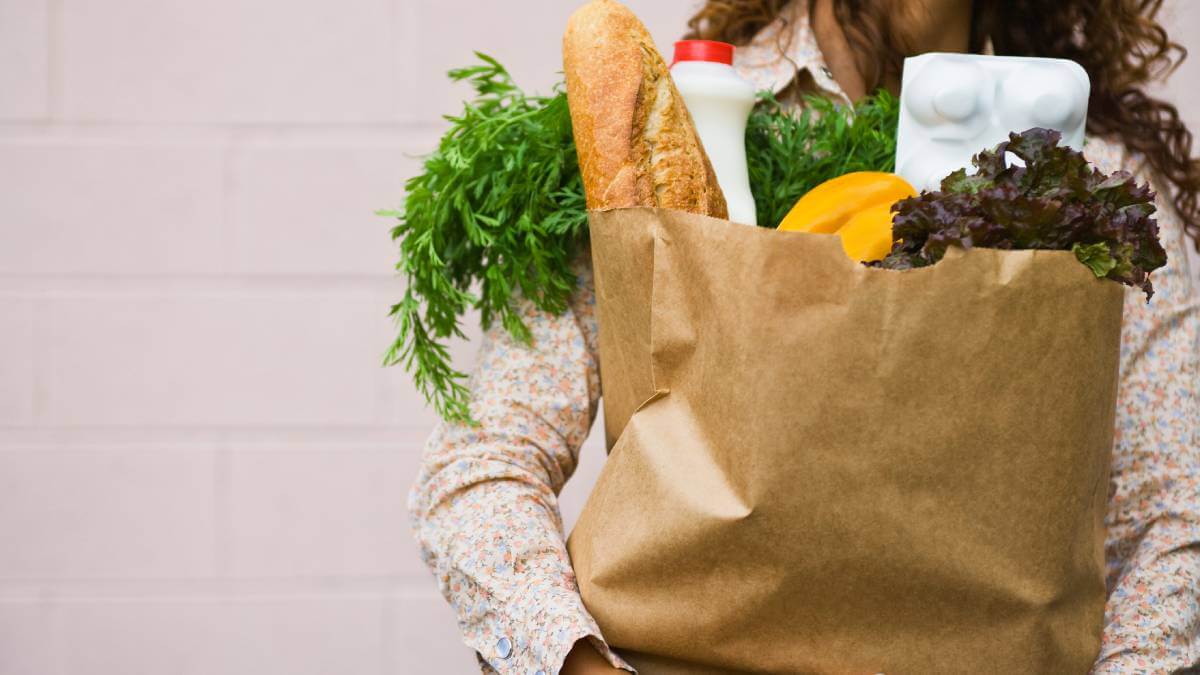Coles and Woolies — that’s what it means to be an Australian grocery shopper, right? Not necessarily so anymore.
The past couple of decades have seen new names pop up in shopping centres around the nation, with multinationals from Europe and the US such as Aldi and Costco attracting many of Australia’s most savvy shoppers.
Whichever supermarket is your favourite, there are some simple habits you can pick up when heading out shopping, to help keep more of your money in your wallet when you get to the tills.
Alex Neill, Which? managing director of home products and services, says: “It’s in the supermarkets’ interest to get you spending money in their aisles. Sneaky tricks, such as special-offer displays and placing essentials at the back of the store, are designed to get you picking up more items. There are a number of ways to help you cut the cost of your basket, wherever you shop,” he adds. “Simple things, like taking a shopping list with you and calculating the true saving on a discount, could help make your money go further.”
Here are six top tips for savvier supermarket shopping.
1. Don’t always assume a ‘special offer’ is a great deal
Some 43 per cent of Which? members in a previous survey said supermarket special offers encourage them to buy more items. And previous research across several supermarkets has found that some ‘special offer’ periods can actually last for nearly a whole year – making them arguably the normal price.
So if you’re going for something just because it says it’s on special offer, consider whether you might be better off just going with a cheaper alternative. Don’t buy it just because you feel a sense of urgency to snap up what looks like a special deal.
Read: Shopping tip could save you thousands
2. Stay focused
You may walk into the supermarket to buy something specific, but once you’re there, it’s so easy to get distracted by attractive displays or signs. One trick used is to place a sign in the middle of an aisle, because our eyes naturally scan from left to right, and breaking up that pattern encourages us to stop and read the offer.
Other tactics used by stores to encourage us to spend more may be to create an ambience, with smells of freshly-baked bread or floral bouquets. Or they may create a sense of urgency to grab a bargain, with stacked up boxes of beer or other special deals. Take a deep breath, and remind yourself what you went in for.
3. Avoid multi-buys which aren’t as good as they appear
The consumer group’s research has found that special multi-buy offers can look better than they really are, as in some cases, the price of buying items individually can be ramped up by supermarkets just before the multi-buy deal kicks in, making the saving made from buying multiple items appear bigger.
4. Disregard dubious discounts
If a price is listed as ‘was x, now y’, you might expect the ‘x’ price to be the most recent – but this isn’t always the case, as previous research has found. Over a third (37 per cent) of Which? members say they’d go for this type of deal over any other offer – so they can be tempting.
Read: Save with these tips to make groceries last longer
5. Put your blinkers on
The essentials are often stocked at the back of the store, meaning you may have to walk past many tempting treats to get to what you need. Heading straight for what you want might be simple enough if it’s your regular supermarket, but it can be more difficult if it’s a store you’re less familiar with.
While items can be switched around, if you’re a bit lost in the aisles, you could bear in mind that in many stores, generally bread and dairy products are often at the back, fruit and veg are at the front, and frozen items are further off towards the right.
Read: Want to save money on groceries? Here’s a little secret
6. Consider supermarket home-brand alternatives
Home-brand products can be a very tasty way of saving money. Home-brand foods have various names. You might hear them called supermarket own-brand foods, private label, in-house brands, store brands, or retailer brands.
These are foods made specifically for a supermarket (you cannot buy them at a competing store). They are advertised as low-priced alternatives to more expensive items.
Home-brand foods are widely available in Australia and other countries, making up to 30 per cent of what you can buy at a supermarket.
How do you save on your supermarket shop? Let us know your tips in the comments section below.
– With PA

